The Importance of Green MOR for Autoclave Cracking
Abstract
During production trials using a new slurry system containing nylon fiber, a seemingly anomalous observation was made. While clearly lower in Green MOR than the standard fiber/polymer system being used, shells made with the new test slurry produced fewer autoclave cracked molds during the trial. An investigation was made to determine the reason for this observation. Tests of Green MOR were made using the standard technique, which is bars dry and the test preformed at room temperature. This was compared, using various slurry systems, to MOR tests that more closely simulate conditions in the autoclave and flash fire dewax processes. Results of these tests indicate possible explanations why a shell system with substantially lower Green MOR produced fewer autoclave cracks.
Introduction
Earlier this year, we at Buntrock, performed a plant trial using Wex Chemicals Wexcoat binder system. This system contains Nylon fibers as the major additive to an otherwise normal or typical fused silica slurry. This “test” system was being compared to the customers “standard” shell system that is commercially available. The standard slurry contained an unknown type of fiber and substantial polymer additives. It is not the intent of this paper to present the details of that test, but the observations made during the test spawned research work that is important for the industry.
Test shells were hand dipped and were lighter in finished weight than standard robot dipped duplicate parts. It was expected that the test parts would yield poorly through dewax because of the low shell weights. In fact, just the opposite was observed. For all part numbers, observed dewax shell cracks were equivalent with the exception of the one really tough part that always cracked. On this part, the standard slurry had 100% cracking and the test molds showed 0% cracking.
While very pleasing, this result was not at all expected. MOR bars made from the test slurry were broken in the green state and compared to reported values for the standard slurry.
Slurry System Green MOR
Standard 850 psi (reported as typical)
Test 400 psi
This lab data does not seem to support the physical results observed in the autoclave trials. Since polymer was used in the standard slurry and not in the test slurry, I decided to investigate the role of polymer in the dewax process. My basic hypothesis was that Green MOR does not accurately predict dewax cracking because green MOR is normally performed at or near 70 deg. F. while the autoclave process is about 325 deg. F and Flash Fire dewax processes are much higher. I expected the polymer would soften in both autoclave or flash fire dewax and thus loose some of its’ effectiveness resulting in lower MOR.



